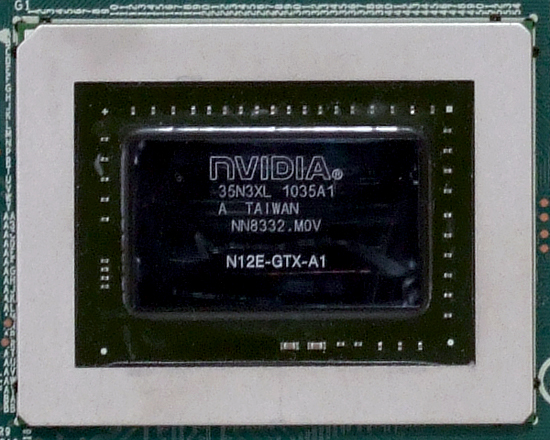MALIBAL's Lotus P150HM: GeForce GTX 485M Gets Its Game On
Using the latest advances from Intel and Nvidia, MALIBAL attempts to prove that portability and performance are no longer mutually exclusive. Can a fully-loaded Lotus P150HM meet the needs of performance enthusiasts and gamers at a more reasonable price?
Bigger Bang In A Smaller Package?
As the mobile vendors who specialize in DTRs try to prove their battery-equipped workstations can replace performance-oriented desktops, many appear to have forgotten that most people like to carry their portable devices farther than the distance from their office to their car. Due to the extra cooling and energy needs of high-performance components, any effort to reduce weight has come at a huge cost in capability.
That is, until now.
The recent launch of Intel’s Core i7-2920XM CPU, which brings massive efficiency gains to the table, puts desktop-class performance into mid-sized notebooks, addressing exactly one half of a “high-end” notebook’s typical shortcomings. The other half of the middleweight performance problem is graphics, to which Nvidia thinks it has an answer in its GeForce GTX 485M.
The combination of these latest components looks good on a spec sheet, but we had to find out how well these worked in actual games and applications. MALIBAL was ready to help us find out, sending its mid-sized Lotus P150HM for evaluation.
| MALIBAL Lotus P150HM Configuration | |
|---|---|
| Platform | Intel FCPGA988, HM65 Express, MXM-III Discrete Graphics |
| CPU | Intel Core i7-2920XM Quad-Core 2.5-3.5 GHz, 8 MB L3 Cache, 32nm, 55 W |
| RAM | 16 GB (4 x 4 GB) Apacer DDR3-1333 MT/s SO-DIMM, CL9, 1.5 V, Non-ECC |
| Graphics | Single Nvidia GeForce GTX 485M, 2 GB GDDR5 575 MHz GPU, GDDR5-3000, 256-bit |
| Display | 15.6" "Full HD" Glossy, LED backlit TFT, 1920x1080 |
| Webcam | 2.0 Megapixel |
| Audio | Integrated HD Audio |
| Security | Finger Print Scanner |
| Storage | |
| Hard Drive | Intel second-gen X25-M 120 GB, MLC, 2.5-Inch, SATA 3 Gb/s SSD |
| Optical Drive | Panasonic UJ240 Blu-ray Burner: 6x BD-R, 2x BD-RE, 8x DVD±R |
| Media Drive | 9-in-1 flash media interface |
| Networking | |
| Wireless LAN | Intel Ultimate-N 6300, IEEE 802.11a/b/g/n, 11/54/450 Mb/s |
| Wireless PAN | Optional Internal Bluetooth Module (not included) |
| Gigabit Network | Integrated 10/100/1000 Mb/s Ethernet |
| IEEE-1394 | None |
| Telephony | None |
| Peripheral Interfaces | |
| USB | 3 x USB 2.0, 1 x USB 3.0 |
| Expansion Card | Internal Only |
| HDD | None |
| Audio | Headphone, Microphone, Line-In, Digital Out |
| Video | 1 x VGA, 1 x HDMI |
| Power & Weight | |
| AC Adapter | 180 W Power Brick, 100-240 V AC to 19 V DC |
| Battery | 14.8 V 5200 mAh (77 Wh) Single |
| Weight | Notebook 7.0 lbs, AC Adapter 1.8 lbs, Total 8.8 pounds |
| Software | |
| Operating System | Microsoft Windows 7 Home Premium 64-bit Edition, OEM |
| Service | |
| Warranty | 3-year labor, 1-year parts (Add $149 for 3-Year Full) |
| Price | $3,307 |
The configuration we received adds over $2000 over the base model, including the $895 CPU upgrade from the standard Core i7-2630QM and a $495 upgrade from the GeForce GTX 460M. While many of these upgrade rates seem at least somewhat reasonable, substituting Intel’s 120 GB X25-M for the base model costs $5 more than purchasing the drive separately from Newegg. Though reinstalling the OS would have been a nuisance, there’s little chance any of us would pay someone $5 to take the standard 320 GB drive off our hands.
Get Tom's Hardware's best news and in-depth reviews, straight to your inbox.
Current page: Bigger Bang In A Smaller Package?
Next Page MALIBAL’s Lotus P150HM

